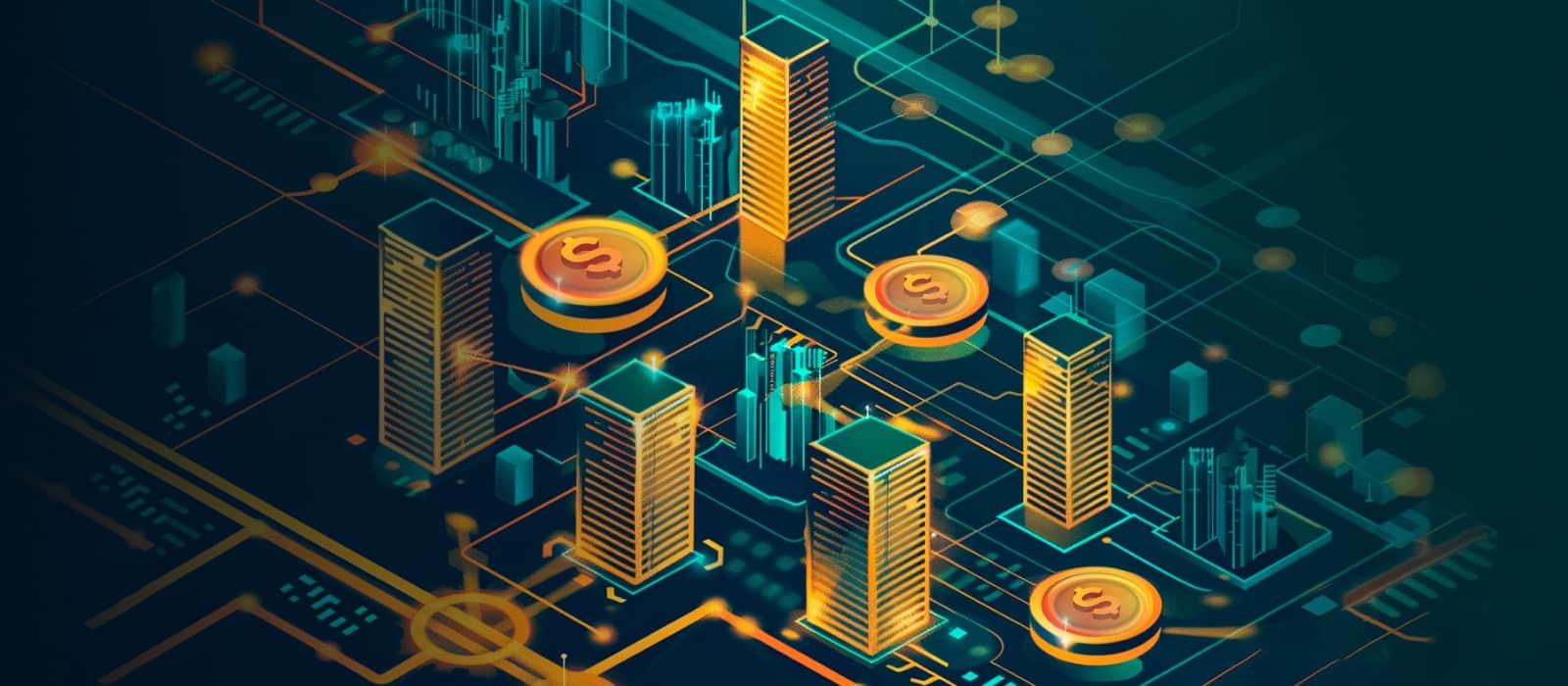Hook: “What if your house, a piece of art, or even a song could become digital and tradable, all while being completely secure and compliant with regulations? That’s the future of Real-World Assets (RWAs) tokenization, and MANTRA is at the forefront.”
In the world of cryptocurrency, there’s a new frontier that’s gaining a lot of attention: Real-World Assets (RWAs). These are physical things like real estate, art, or even intellectual property, but instead of just existing in the physical world, they can now be tokenized and traded digitally on the blockchain. This is a huge deal because it opens up opportunities for anyone—whether you’re an institution with big money or a regular person looking to invest.
But here’s the catch: The idea of turning these physical assets into something digital isn’t as simple as just slapping a token on them and calling it a day. Tokenization might sound easy, but creating real, tangible value is what actually makes it work—and that’s the challenge.
Why Does This Matter to You?
- It’s a Game-Changer for Investments: Tokenization allows for fractional ownership, meaning you don’t need to buy a whole house or art piece to invest in it. You could own just a small part, making it easier to diversify your investments without needing huge capital.
- Boosting Liquidity: Assets like real estate can be difficult to sell or buy. By tokenizing them, it makes transactions faster and more liquid, creating an easier market for buying and selling.
- DeFi + RWAs: You’ve probably heard about decentralized finance (DeFi), where you can borrow and lend without needing banks. Imagine tokenizing real-world things like homes or art and using them in DeFi applications—like borrowing against a tokenized home title.
Key Steps in RWA Tokenization
- Step 1: High-Quality Assets: For tokenization to work, the asset needs to be valuable. Tokenizing a low-quality asset doesn’t magically make it worth more. It’s essential that the token represents something that holds real-world value.
- Step 2: Compliance & Security: The regulatory side is massive. It’s not just about making things digital; it’s about ensuring these tokens meet legal requirements to avoid fraud and protect investors. MANTRA, for example, has built a blockchain specifically for this, with a focus on being compliant and secure.
- Step 3: Liquidity & Accessibility: One of the challenges is making sure that these tokenized assets are liquid—meaning they can be traded easily. This is where MANTRA’s liquidity hubs and partnerships with big names like BlackRock and Google Cloud come in, creating an infrastructure that allows these assets to flow freely in the market.
- Step 4: Composability with DeFi: In the future, you’ll be able to take these tokenized assets and use them in various DeFi protocols. For example, imagine tokenizing your home and using it as collateral for a loan on a DeFi platform. That’s the ultimate goal for RWA tokenization.
Why MANTRA’s Approach Is Key
MANTRA isn’t just building a tech platform; they’re aiming to be the ledger of record for RWA tokenization. They believe that regulations should be handled at the application layer (the platforms actually managing the assets) rather than the protocol layer (the blockchain itself). This approach makes it easier for assets to be tokenized compliantly without risking a breakdown in regulatory processes.
With its permissionless layer and focus on the Middle East, especially Dubai, MANTRA is preparing for massive global expansion, with partners like SwissBorg, Chainlink, and Ondo.
What’s Next?
The RWA space is in its early stages, and MANTRA has a three-phase roadmap:
- Phase 1: Getting high-quality assets onto the blockchain.
- Phase 2: Making sure those assets are easy to buy and sell (liquidity).
- Phase 3: Integrating these assets into the wider DeFi ecosystem—making them usable in decentralized apps (DApps) for things like lending and borrowing.
Mullin, the CEO of MANTRA, believes that by 2026, they can have $100 billion in assets tokenized through their platform. It’s a long road, but it’s the kind of revolution that could change the way people interact with money, property, and investments forever.
Why You Should Care
If you’re interested in cryptocurrency, DeFi, or even real estate, understanding how RWAs are being tokenized is crucial. It’s not just about owning digital coins; it’s about creating new opportunities for wealth and investment through tokenized ownership of real-world things. And by paying attention to how platforms like MANTRA are working to make this possible, you’re setting yourself up to be part of a massive shift in how we view and interact with assets.
It’s a new frontier—and you have a chance to learn, understand, and potentially profit from it. So, stay curious and watch how RWAs unfold in the coming years. The future of finance is happening now, and it’s tied to real-world things that can become digital and tradable—bringing new levels of liquidity, accessibility, and investment potential to everyone, no matter who they are.



